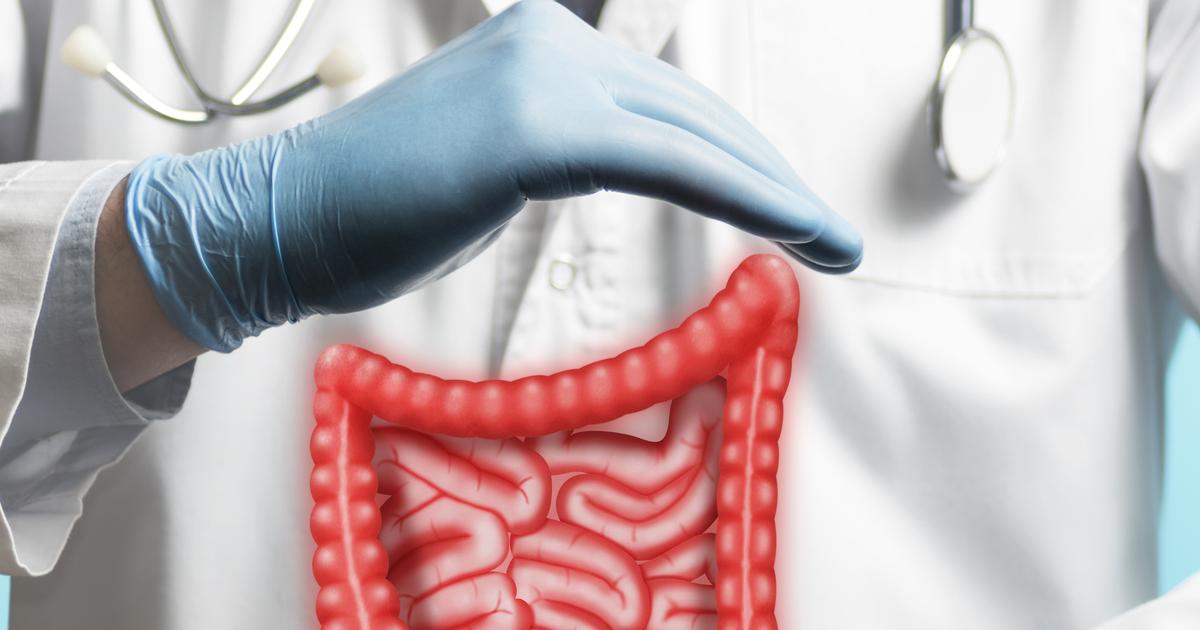What Causes A Bowel Obstruction?
Bowel obstruction is a medical emergency where the small or large intestine has become blocked and does not allow food to pass. A blockage in the bowel can cause the individual's intestine to split or rupture. When a bowel obstruction tears or ruptures the intestine, the contents before the blockage can spill into the abdominal cavity and cause a life-threatening infection. Symptoms of a bowel obstruction include constipation, diarrhea, vomiting, cramping, bloating, nausea, severe pain, inability to pass gas, and a swollen belly. A physician can use a physical examination, blood tests, endoscopy, computerized tomography scans, and contrast x-rays to pinpoint and diagnose an obstruction. Bowel obstruction treatment depends on its severity and its underlying cause, though common treatments include stool softening medication, intravenous fluids, nausea medication, pain relievers, antibiotics, use of a nasogastric tube, surgical procedures, and therapeutic enema.
Numerous mechanisms can cause an individual to develop a bowel obstruction. Learn about them now.
Intestinal Adhesions

Bands of fibrous scar tissue that develop in an individual's abdominal organs are referred to as intestinal adhesions, which can cause an individual's intestine to bind to parts of itself or the individual's abdominal wall. Intestinal adhesions develop as a complication of abdominal surgery, certain types of infections, or a condition called endometriosis. Intestinal adhesions are a permanent deformity unless medical intervention is used to cut them. The bands of fibrous tissues around the intestines of an affected individual can partially or fully obstruct the movement of food through the intestine. Part of an individual's intestine that has been obstructed by intestinal adhesions can frequently become blocked and unblocked. Intermittent bouts of symptoms indicate a partial obstruction in someone with intestinal adhesions. Abdominal pain, vomiting, an inability to pass gas, dehydration, and abdominal swelling can occur in a bowel obstruction due to intestinal adhesions.
Keep reading to learn more about what can cause a bowel obstruction now.
Hernias

A hernia is a condition where an individual's muscular wall that holds the abdominal organs in place or peritoneum becomes weakened or perforated. This perforation or weak spot allows the affected individual's internal organs to bulge outward. Areas where hernias commonly occur include an individual's groin, upper abdomen, belly button, and near any surgical scars. A hernia is less apparent in a patient when they are lying down flat, and more apparent when they are coughing or laughing. Most hernias do not produce symptoms, but straining, standing, and lifting heavy items can cause the affected individual to experience pain, vomiting, nausea, heartburn, and an inability to push the hernia back into place. When the intestine becomes lodged partway through the peritoneum, it can block food from passing or cause an intestinal obstruction. When an individual has an obstruction due to a hernia in their intestine, surgery is required for treatment.
Uncover more causes of a bowel obstruction now.
